Most families are faced with tough choices regarding the health and future of their loved ones as COVID-19 cases keep increasing across aged care facilities in Victoria, and there is a determination by the NSW to prevent a future outbreak.
There was a crisis in Aged care long before COVID-19
Based on the temporary report of the Royal Commission into Aged Care home and Safety on the system failures in providing aged care in Australia. These include a shortage of workforce and skill. About 20% of facilities audited were discovered in a report on the sector’s performance between October and December 2019 not to meet the standards based on safe and effective individual and hospital care, while 13% did not meet standards in safe, clean and properly maintained work environment.
This is why aged care facilities are more vulnerable to any external outbreak. The design of the aged care homes, as well as many other factors, makes it perfect for infection transmission. The intention behind aged care homes is to provide something similar to a home. Even though this purpose is very important, it also implies that the facilities may not have relevant clinical components required for effective infection control, which include the strategic placement of several hand basins.
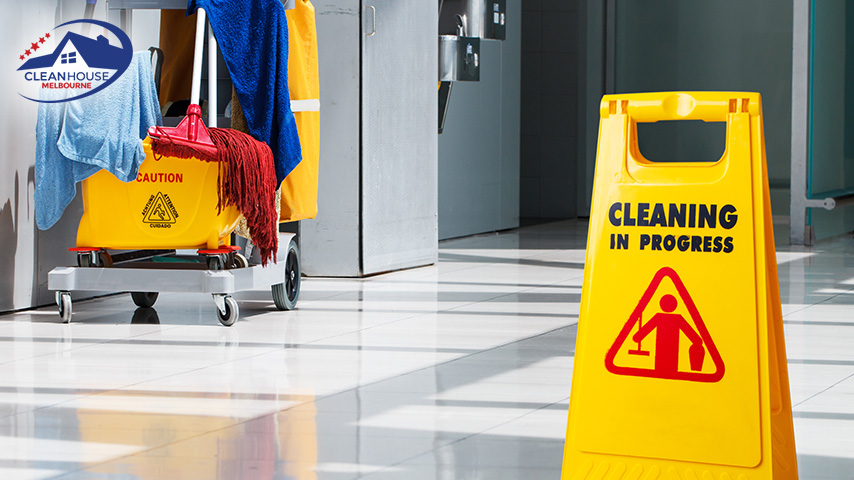
The risk of infection is also increased by social gatherings and frequent foot traffic, whether from staff, residents, visitors, and external contractors, while rooms and bathrooms are being shared by some residents. And since some residents have various kinds of physical disabilities, this can prevent them from being able to keep physical distancing and hand-washing guidelines as a basic infection control measures. Considering all these anomalies, aged care homes should have been frequently cleaned and disinfected professionally.
 COVID-19 and the Elderly
COVID-19 and the Elderly
In March and April, there was a warning of coronavirus’ brutal effects in aged-care facilities from Spain and Italy, which experienced disease outbreaks and deaths in aged care homes. Even though about one-third of COVID-19 deaths reported in Australia have occurred to residents of aged-care, according to a review done in 26 countries, seen this group experienced about half of COVID-19 deaths.
Older people have more tendencies to suffer severe illness and death from coronavirus because they may have lower immunity, higher rates of underlying sickness, high blood pressure, renal disease, type-2 diabetes, heart failure, and less biological reserve. According to a study, about 33.7% of aged care residents were researched to be at risk of getting and dying of COVID-19.
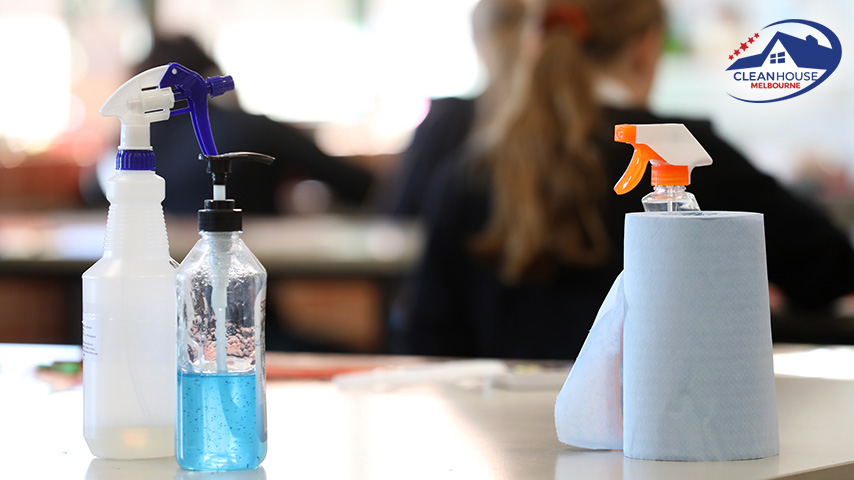 What should have been done to avoid Disaster
What should have been done to avoid Disaster
To avoid premature deaths and to reduce mental to residents, workers, and families, there should have been a need for properly coordinated, compassionate, standardized, and effective responses. It is understood that each aged care facility will require different approaches to fix their individual situations. For instance, facilities located in places that don’t experience community transmission like South Australia will need something different to a place like NSW and Victoria, where there is community spread. Also, the needs of those facilities with an active case of COVID-19 like St Basil’s or Estia Health will vary. But generally speaking, the four major pillars are needed by all aged care facilities.
Below are suggested steps that should been taken:
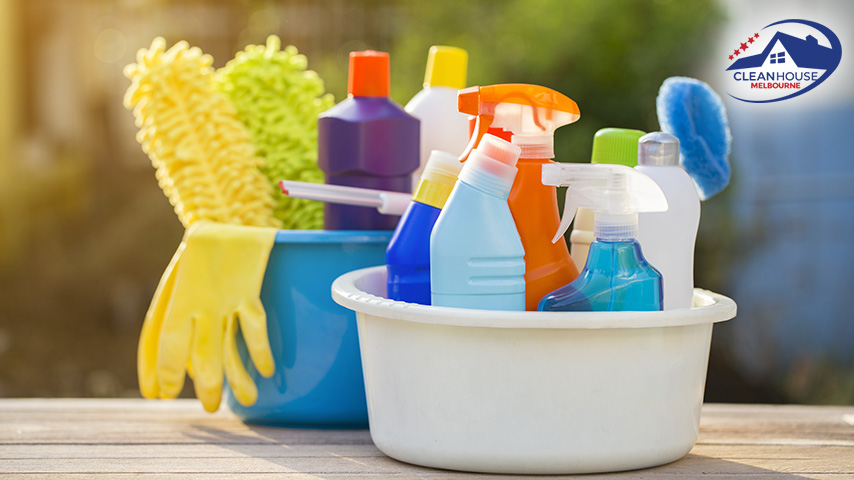
- Stop COVID-19 Entering
All aged care facilities in places experiencing community transmission should have been placed on lockdown, with restrictions at entry and exit ways. This should have been enforced as humanely as it can be. For instance, by providing teams that will keep connections between residents and family and community opened, and giving exceptions for important visitors. There should have been counsels about reducing contact with other people when outside the place of the facility. The employee should have also limited their work to one facility and be given the same number of residents to reduce the number of contacts if there was a confirmed or suspected infection.
Lastly, it is important to develop and provide personalized guidance, training, and support for PPE (personal protective equipment) use. Each facility should have been given support to have nurses experienced in infection control to give proper training to workers, possibly on-site.

- Give a Quick and Decisive Response when there is an Outbreak
There should have been protocols in place by aged care facilities in line with public health units to provide an on-site response, with clarity in accountability for their action and escalation. They should not hesitate to quickly separate residents during an outbreak, and not base their responses on the normal addition of PPE alone. The productive partnership is required by aged care facilities with hospitals to give residents the needed specialized care.
All confirmed cases of COVID-19 should have been forwarded to a clinical setting like an acute or sub-acute hospital when possible. Also, there should have been designated communication channels in all facilities to keep family members updated.

- Get ready in case it does
Risk and readiness rating is essential for each aged care facility in Australia to determine the possibilities of a coronavirus outbreak and the home’s ability to prevent and control any initial infection. The location of the home, experience and size of the aged-care giver, size and structure of the building, access to open spaces, ventilation, the profile of residents, numbers, and skills of staff, and performance history in accreditation audits. Also, each facility should have been designated empty rooms to prepare for isolation in case of any suspected cases. Lastly, the government needed to have provided a national response and advisory crew committed to managing aged care facilities during the pandemic. This would give strength to the current public health response units and also add clinicians with experience in aged care.
- Learn from Previous Experience
The federal government’s attention was attracted to the two main aged-care outbreaks that occurred in NSW, especially in Newmarch House. However, people are still expecting a public statement from the government about what was learned so far. Also, a senate committee and the Royal Commission are currently conducting COVID-19 inquiries in aged care homes. However, not of them can only report in the future. Temporary reports should be released by the government into the findings of recent outbreaks, which might provide valuable information on mitigating the spread. Getting rid of COVID-19 outbreaks from aged care facilities lowers community spread, the need for hospitalization, and reduces premature death. The entire country benefits from this.
 How Aged Care was supposed to have been cleaned before COVID
How Aged Care was supposed to have been cleaned before COVID
Cleaning is a vital part of disinfection. Many disinfectants can be rendered inactive by organic particles. Cleaning lowers the soil load on the surfaces and allows the disinfectant to work. Deep cleaning is required then disinfection in order to remove germs, especially the one that causes the COVID-19. Some factors will determine how long the SARS-COV-2 that causes COVID-19 can survive on surfaces. This may include the number of contaminated body fluids such as soiling or respiratory droplets and environmental humidity and temperature. Although coronavirus can live on surfaces for several hours, they are effectively eliminated through cleaning and disinfection.
Let’s look at how cleaning will help:
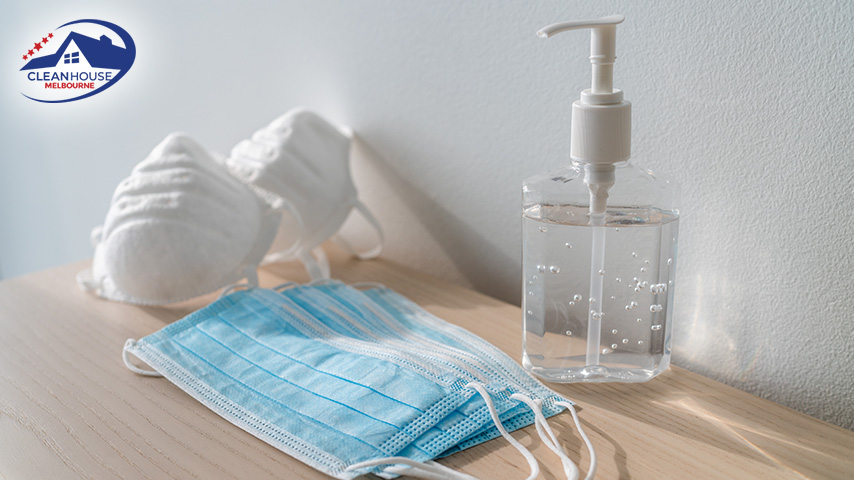
- Hand Hygiene
You can use soap and water to perform hand hygiene at any time and should be used on visibly soiled hands. Alcohol-based hand sanitizer can be used in place of soap and water, unless when hands are obviously dirty. Surface contamination can also be reduced by regular hand washing.
- Routine Cleaning
Frequently touched surfaces
Surfaces like bed rails, light switches, door handle, and tabletops are often touched. Make sure these surfaces are thoroughly cleaned each day or when soiled. You can clean with detergent solution or both detergent and disinfectant combination. Apply based on the specified instructions on the label.
Minimally touched surfaces
Surfaces that are not often touched include ceilings, blinds, walls, and window curtains. These surfaces should be cleaned when obviously dirty or dusty and immediately after any spillage. This can be done using:
- Detergent solution for all surfaces and areas where patient care is not performed.
- Wet mopping dampened in detergent solution instead of dry mopping
You should also change window curtains and clean sinks and basins regularly. Keep to the labeled instructions when using cleaning products.
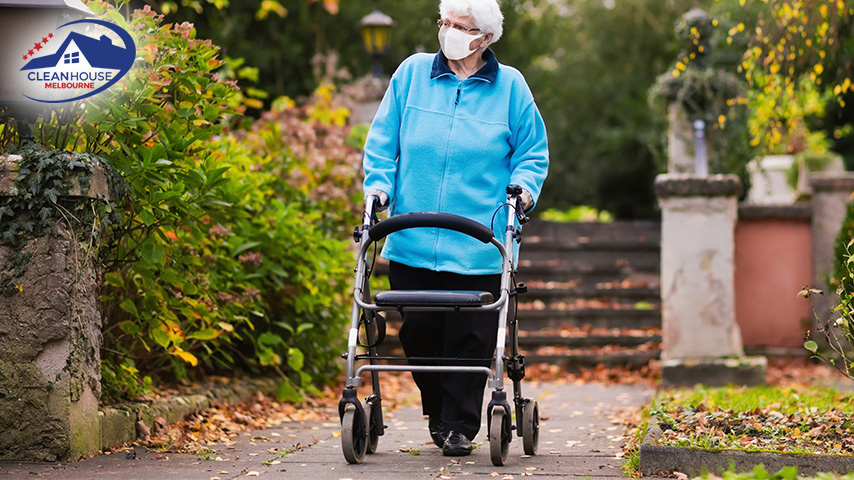 Information for Cleaning Workers of Aged Care Homes
Information for Cleaning Workers of Aged Care Homes
The risk faced when cleaning is different from the risk of caring for a sick person who may be having respiratory sickness such as coughing or sneezing.
- Cleaning workers should avoid touching their mouth, nose, and eyes when cleaning.
- They should put on disposable gloves and surgical masks as well as eye protection when they are cleaning.
- Cleaning staff should rub hand with alcohol-based sanitizer before wearing and after removing gloves.
- They should also rub hand with alcohol-based sanitizer before wearing and after removing the eye protection and surgical mask. The surgical mask and eye protection serve as a blockade to people who accidentally touch their face with contaminated hands and fingers, whether they have gloves on or not.
- In case there is any visible contamination with respiratory droplets or other body fluid, the cleaning workers should put on complete disposable gown alongside surgical masks, gloves, and eye protection.
- They should get advice from your health and safety consultants on the proper steps for putting on PPE.
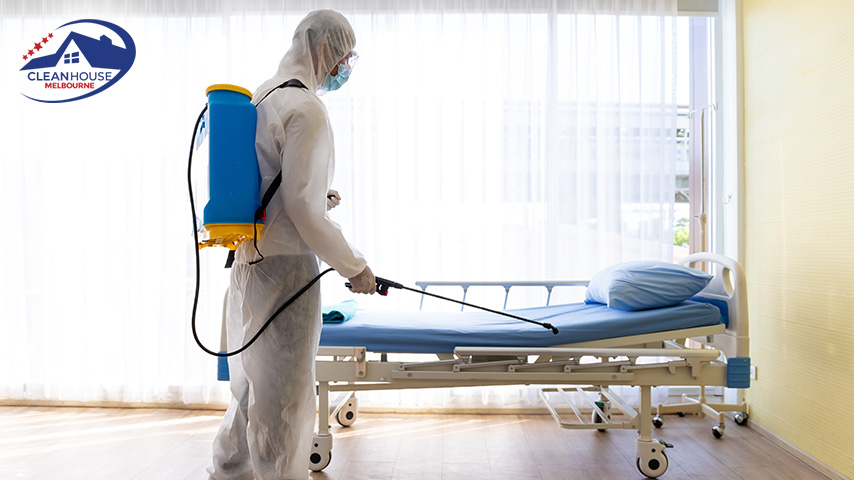 Application of Disinfection
Application of Disinfection
- Be sure to use the only antiviral claimed disinfectant by its manufacturer, which implies that it can eliminate the virus.
- If available, you can use ready-made disinfectants. Using disinfectants listed on the Australian Register of Therapeutic Goods claimed to be effective against viruses.
- You need to allow enough contact time, no matter the product used. Check the manufacturer’s instruction for appropriate information.
- Stick to the manufacturer’s proper dilution and usage when applying the newly made bleach solution. Remember that pre-diluted bleach solutions will not be as potent as new ones due to exposure to sunlight.
- Use a bleach solution to wipe the area with a disposable cloth or paper towels.
- Get rid of gloves and mask in a well-sealed plastic bag.
- Use soap and water to wash hands properly and use disposable paper, cloth, or towel to dry. Use alcohol-based hand sanitizer to clean hands in the absence of water.
Terminal Cleaning
Terminal cleaning is a full and improved cleaning process that decontaminates a surface performed after a patient with an infectious disease got transferred, or a room in an aged care home after a resident has recovered from a communicable disease sometimes called infectious clean. Terminal cleaning involves both deep cleaning and disinfection for surface and environmental decontamination. The disinfection process should follow or combined with cleaning. Make sure each room is ready before cleaning; get rid of medical equipment and items used by the patient.
Deep cleaning are best carried out by the professionals. This is not just ordinary cleaning, but includes disinfection.
 How cleaning should be performed
How cleaning should be performed
- Put on PPE – surgical mask, gloves, protective eyewear and gown
- Change beddings and curtains as well as dirty or contaminated disposable curtains/screens
- Damp dust the entire surfaces, fittings, and furniture
- Clean windows, sills & frames
- Clean bed and mattress surfaces
- Mop floor
- Take off PPE and perform hand hygiene
- Clean all used cleaning equipment and store it in the cleaners’ room or storage area, dispose of any waste
- Perform hand hygiene
Clean House Melbourne COVID Age Care Disinfection
This involves a physical clean using combined detergent and hospital-grade disinfectant listed by TGA with effectiveness against viruses as labeled on the product or a disinfectant made of chlorine-like the sodium hypochlorite, as recommended for use. This means the combination of detergent and disinfectant wipe or solution.
We ensure we protect ourselves and others during cleaning and disinfection to reduce the risk of getting COVID-19 by:
- Practice good hygiene
- Put on disposable gloves, a face shield or eye protection, and a surgical mask
- Putting on a complete gown if we notice respiratory droplets or other bodily fluid on surfaces.
- Regularly wash hands with soap and water or if not available, use alcohol-based hand sanitizer before and after putting on protective gear
- Get rid of gloves and masks in a properly sealed plastic bags.
 Frequently Asked Questions
Frequently Asked Questions
Who is at greater risk for the severe illness of COVID-19?
There is not much information on the risk factors for severe disease as COVID-19 is new. However, the currently available data and clinical experts suggest that people with existing medical conditions are at higher risk for serious illness form COVID-19.
 What should those at higher risk for the severe illness of COVID-19 do?
What should those at higher risk for the severe illness of COVID-19 do?
Those at greater risk of serious illness from COVID-19 should:
- Reduce their interactions with other people as much as they can
- Take actions to prevent contracting COVID-19 when they interact with other people.
- Do not stop protecting themselves by maintaining daily preventive actions if they must engage in public activities.
- Keep a mask, alcohol-based hand sanitizer of about 70% alcohol, and tissues with them always.
- Avoid people that are not putting on masks, or ask those around them to put on masks.
- Stall or cancel a visit if you or your visitors show signs of COVID-19 or have been in contact with an infected person in the past 14-days.
- Stay at home if contacted someone with COVID-19 to watch yourself for symptoms.
- Routinely take your medications and do not modify your treatment plan without consulting your healthcare provider.
- Get a minimum of 30-day prescription and non-prescription medicines supply.
- Do not stall getting emergency care for their existing medical condition because of coronavirus. There is a backup plan by the emergency departments for infection prevention plans to protect them from contracting COVID-19 in case they need care.
Are those with disabilities at greater risk?
The majority of people with disabilities are not actually at a higher risk of contracting or having serious illnesses from COVID-19. Some illnesses have physical restrictions or other disabilities that may be at greater risk of COVID-19 infection due to their existing medical condition.
Those with specific disabilities might exhibit a higher rate of severe health conditions that place them at greater risk of severe illness and ugly results from COVID-19. Adults with disabilities have increased chances of stroke, cancer, heart disease, or diabetes than adults with no disabilities. You need to consult your healthcare provider if there is any question about your health or how they are managing your health condition.
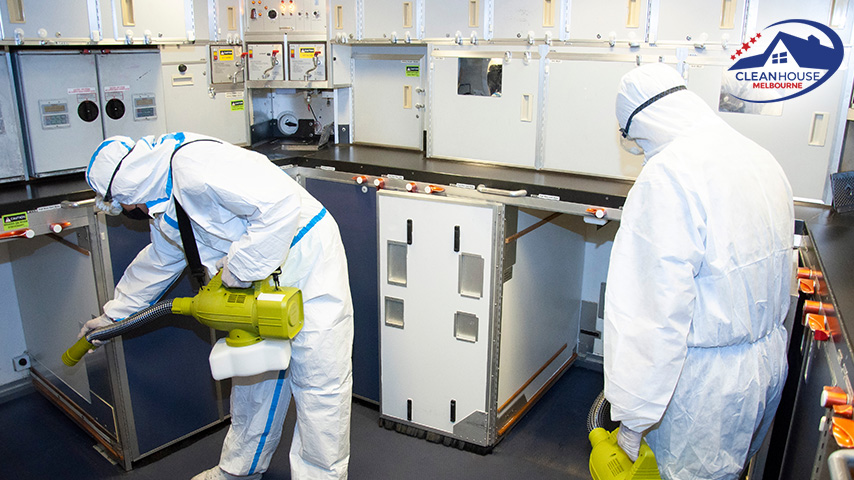
What is routine cleaning, and how often should age care facility be cleaned to lower risk of covid-19?
Routine cleaning simply refers to the daily cleaning practices employed by businesses and communities to keep their environment healthy. Soap and water can be used to clean popularly touched surfaces such as door handles, handrails, bathroom surfaces, and many more at least every day when facilities are opened. The level of use may determine how often cleaning and disinfection should be done. For instance, some surfaces and items inaccessible public spots need to be cleaned and disinfected after each use. With cleaning, impurities, dust, dirt, and germs are removed from surfaces. However, cleaning only reduces the number of germs on a surface and not eliminates them. Only disinfection does.
Who are the people to deep clean and disinfect the age care facility?
If it is routine cleaning, normal cleaning workers can take care of this. But when it comes to deep-cleaning and disinfecting public spaces, it is better done by the professionals. This is because professionals are equipped with proper training on the use of cleaners and disinfectants, and also provide personal protective equipment (PPE) needed for the chemicals used.
FAQs about COVID Age Care Disinfection:
- What cleaning practices should aged care facilities follow?
Routine and deep cleaning should focus on high-touch areas and involve using hospital-grade disinfectants. - Why is hand hygiene crucial in aged care settings?
Proper handwashing reduces surface contamination and minimises infection spread among residents. - How often should aged care rooms be cleaned?
Daily cleaning and disinfection of frequently touched surfaces are essential for infection control. - What products are recommended for cleaning aged care facilities?
Non-toxic, hospital-grade disinfectants listed by the TGA are most effective. - How should high-touch surfaces be disinfected in aged care facilities?
Surfaces like bed rails and light switches must be cleaned daily with a disinfectant solution. - Why is PPE important for cleaning staff in aged care facilities?
PPE protects staff from exposure to harmful pathogens, ensuring a safe cleaning environment. - What is terminal cleaning in aged care?
It is an enhanced cleaning process used after a resident recovers from an illness to disinfect thoroughly. - How can ventilation help prevent infections in aged care homes?
Good ventilation reduces airborne pathogens, improving air quality and resident safety. - Why should aged care facilities invest in professional cleaning services?
Professional services provide specialised cleaning methods and equipment for thorough disinfection. - What steps should be taken if an outbreak occurs in an aged care facility?
Quick isolation of residents, immediate disinfection, and collaboration with health authorities are vital.
Contact Clean House Melbourne for Age Care COVID Disinfection today!


 Email Us
Email Us Whatsapp
Whatsapp


